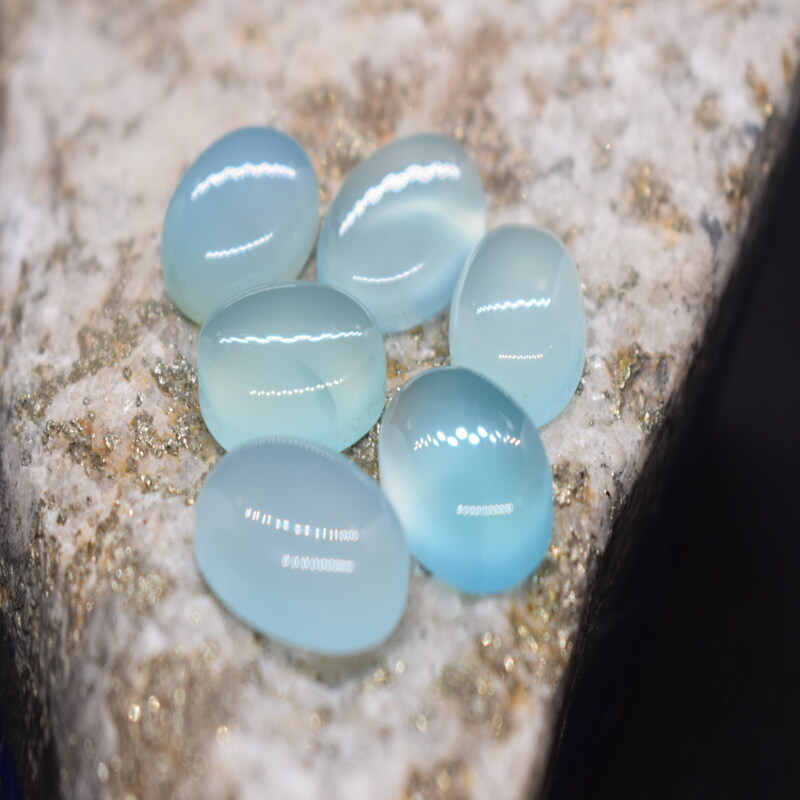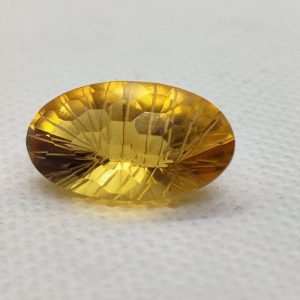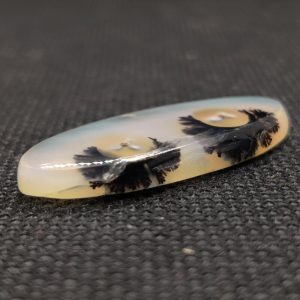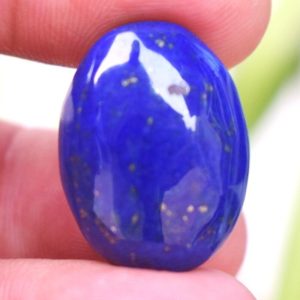Blue Agate :
Furthermore, this captivating variety of agate, renowned for its soothing blue hues, is a type of chalcedony. Moreover, agate is a cryptocrystalline quartz that often forms in concentric layers or bands. In addition, blue agate gets its color from various mineral impurities present during its formation process, typically including traces of iron.
Blue Agate :
Additionally, the shades of blue in blue agate can range from pale sky blue to deep navy. Furthermore, sometimes they exhibit hints of grey or white. Consequently, these variations in color give each piece of blue agate its own unique appearance.
Agate (/ˈæɡɪt/ AG-it) is the banded variety of chalcedony. Which comes in a wide variety of colors. Agates are primarily formed within volcanic and metamorphic rocks. The ornamental use of agate was common in Ancient Greece, in assorted jewelry and in the seal stones of Greek warriors ,while bead necklaces with pierced and polished agate date back to the 3rd millennium BCE in the Indus Valley civilization.
- Unique Patterns:
- Distinctive banding patterns, which can appear in concentric circles, waves, or chaotic swirls, distinguish agates.These patterns result from the slow accumulation of silica layers over millions of years.
- Variety of Colors:
- Agates come in a vast spectrum of colors, including shades of blue, red, green, yellow, and brown. Some agates even feature multiple colors within the same stone.
- Durability:
- With a hardness of 6.5 to 7 on the Mohs scale, agates are quite durable and resistant to scratching, making them ideal for a wide range of applications, from jewelry to decorative items.
- Healing Properties:
- People believe that agates possess metaphysical properties such as providing protection, emotional healing, and enhanced concentration.




